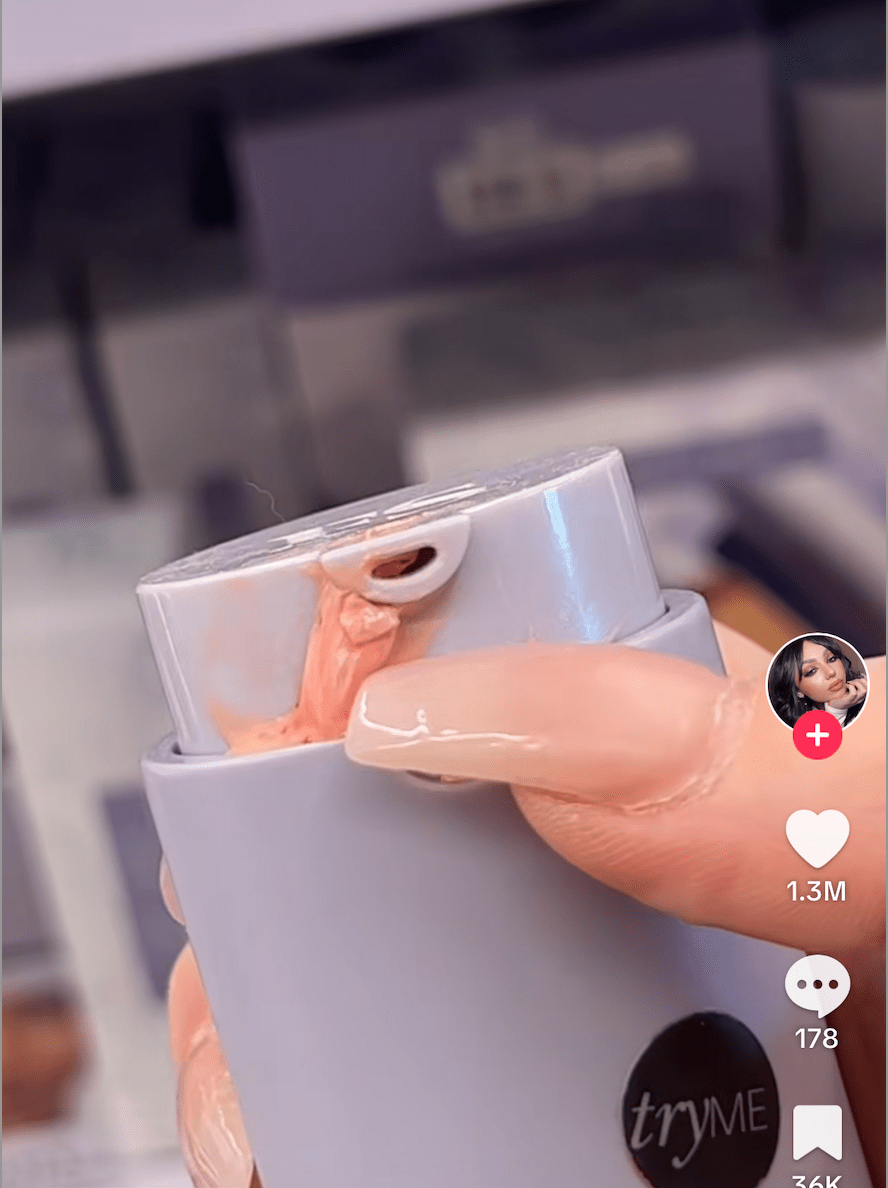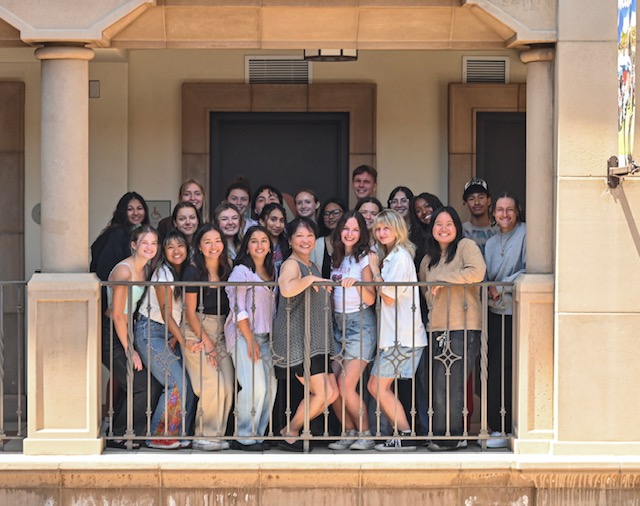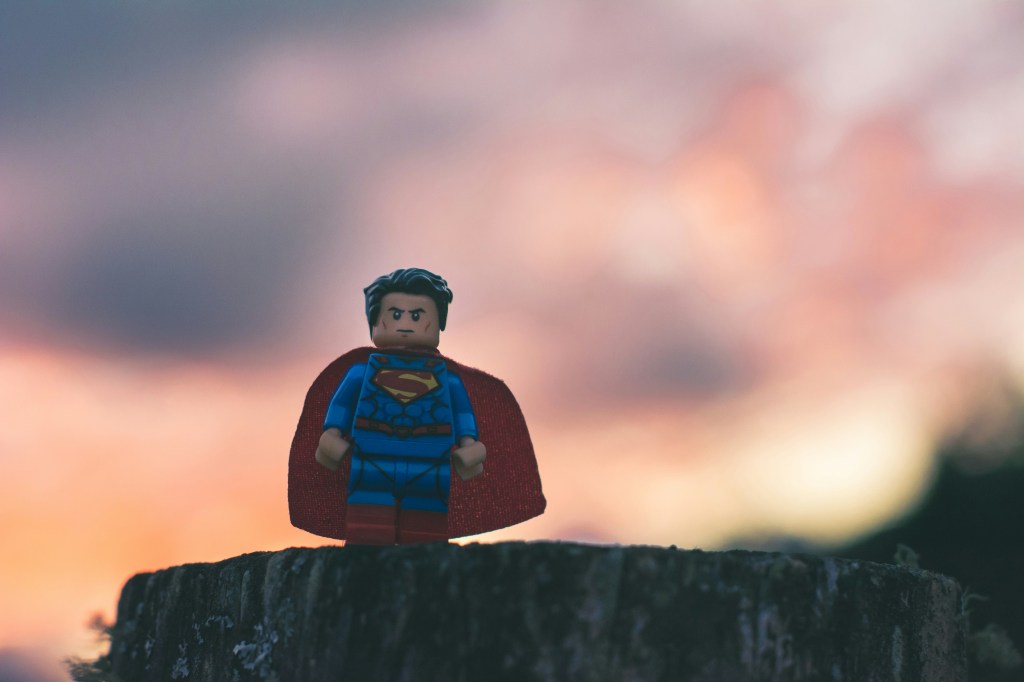Abby Ramos / Contributor
Shouting, kicking and even hitting can be expected when you’re around young children. Whether they’re your cousins, nieces, nephews or even your own kids, tantrums are nothing new. What happens when you encounter these young children while shopping? What do you do when these unsupervised 11-year-olds are ready to fight you over the last Drunk Elephant Bronzing Drops?
The term “Sephora Kids” refers to the current wave of preteens taking over the popular beauty retail chain “Sephora,” despite their young age. Some argue that the majority of these children that come in and buy products are arguably too young since the popular skincare products that they gravitate to are too harsh for their skin and include anti-aging ingredients. These chemicals, according to dermatologist Dr. Ashleigh Vallée, can damage their skin barrier, leaving them with dry and irritated skin.
In other cases, as seen in viral TikTok videos, these kids are allegedly harassing employees, ruining set displays and throwing tantrums when their parents do not want to spend hundreds of dollars on beauty products or when another customer purchases the last item. Gianna Caldera, one of many TikTok influencers, spoke out about a 10-year-old girl who took the product Caldera was about to grab and attempted to make a trade; if Caldera gave her the Gucci ring she was wearing, the girl would give her the last of the Drunk Elephant Glow Drops. When Caldera rejected the offer, the 10-year-old supposedly responded with “At least I don’t have to play connect the dots on my face.”
Coming to light at the end of 2023, this cultural phenomenon has piqued the interest of many, including dermatologists, parents and a wide audience of social media users.
While it’s entertaining to watch these children and their bizarre behavior, there is more to this trend than meets the eye. USD English professor Thomas Gustafson provided his viewpoint on this issue.
“Everybody’s too d*** online,” Gustafson said. He talked about how children are encouraged by social media, particularly the “Get Ready with Me” genre of content, to purchase these products. “They need to learn how to conduct themselves. And that’s largely the parents’ job, but it’s also partly society’s.”
As Gustafson said, along with social media, the role of parents is also considered by many when looking at kids’ behavior. USD junior Ailish O’Deegan shared her thoughts on the connection of this behavior to parenting.
“These children need to be parented because clearly there’s a lack of discipline in some areas for them to be openly harassing strangers,” O’Deegan said, referring to viral TikTok videos where influencers claimed they were the receivers of temper tantrums and screams from “Sephora Kids.”
The American Academy of Pediatrics Council on Communications and Media explained how children and teens become targets for marketing, whether it’s from their favorite social media influencer or a playable advertisement on apps, the internet and video games. Some say this promotion of advertisements is a potential cause leading these kids to chase an unattainable, ideal appearance through the purchase of products that promise to make them look a certain way.
According to behavioral health experts from On Our Sleeves, a national movement focused on children’s mental health, social media places an overemphasis on looks, especially for girls. Beauty influencers promote these products and unintentionally encourage kids to “think of themselves as a brand.”
Beyond the influence of the media and parents on the “Sephora Kids,” some critically look at our modern-day society creating an environment where children are forced to coexist with us in places that aren’t necessarily meant for them.
In his book “The Great Good Place,” sociologist Ray Oldenburg coined the term “third places” to refer to public spaces where people can gather and socialize. Third places foster community flourishing through conversation and the cultivation of habits for public association. These places include cafes, bars and — now — Sephora. In the U.S., children have limited options for their “third place,” pushing them to seek a sense of belonging and community online. In their quest for stimulation and support, they encounter influencers promoting a world void of flaws. Of course, this illusion wouldn’t be possible without the assistance of beauty brands that are available online or at stores like Sephora.
Whether the blame for the behavior of these so-called “Sephora kids” lies with parents, the media, society, the preteens or all of the above, Sephora has now become a hotspot for Generation Alpha. While rumors circulate on the web about the store implementing an age policy for certain products or even entry to the store, for now, there are still young kids influenced to walk into Sephora with a mission: to obtain Charlotte Tilbury’s Pillow Talk lipstick at all costs.





Leave a comment